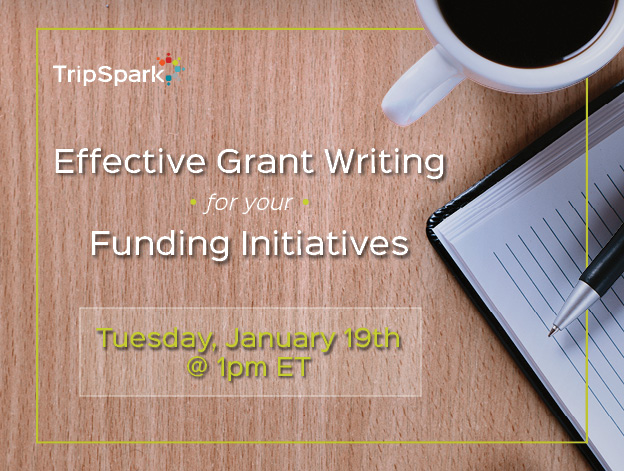5 Quick Tips for Your Transit Grant Application

In our recent webinar with Dana Schuler Drummond from Sharpshooter Communications, we learned how important it is to have a plan in place. When you’re creating the process for securing transit funding, it’s important that you have a work back schedule in order to keep tasks manageable. Your team needs to move forward with precision. Certain requirements of the application may be needed sooner than expected. Here’s a quick re-cap of what we Dana shared with us.
Pay the FOA Special Attention
You need to have a dedicated team (and team leader) to take charge of studying the FOA (Funding Opportunity Announcement). Make sure that you understand the precise requirements of the grant you’re after. Don’t get flustered. Don’t be rushed. Take your time to read the FOA, re-read it, consult with your team and everyone involved. Someone may have insight that can influence the quality of your application information. If you have to ask what the FOA is, then you’ve come to the right place. Read on.
Deadlines Don’t Set Themselves
Each grant may have specific requirements that need to be fulfilled at specific deadlines. Learn these. For example, you may need an LOI (Letter of Intent). You may need a letter of reference from a partner. These deadlines can be far sooner than the final application (which you should also know). Knowing when things are actually due will help to reduce the surprise factor.
Define Your Partners
Don’t assume the person reading the grant will know your partners as well as you do. Be very careful to detail the specific role and responsibilities of your partners. These relationships should be clear. The benefit of your partnerships should be obvious. If it isn’t, change the language until it’s clear. Perhaps you can let someone outside your industry read the text. You need to make this document as simple as possible to understand.
Language and Clarity Matter
Some granting agencies need to prove that they’re meeting expectations for the money they’re doling out. Your research will reveal the goals they are trying to achieve. Your application should respond with this language in mind and the key words they use in order to align your objectives with their goals. When it comes to the tone of the language, you should be writing as clearly as possible. Beware the overuse of jargon. While you may be an expert in your industry’s jargon, the grant writer may not.
Don’t Fear a Rejection
While not every application will be successful, every application will improve your odds for future opportunities. Read over the reasons for the rejected application. Perhaps they made an error. Perhaps your team did. Either way, review, revise and revisit the application the next time you apply to the same granting agency.
These tips are really just the tips of the iceberg, if you will. Dana goes into greater detail in her analysis of the transit funding application process during our webcast. She reveals inside information about the process and provides real world examples of agencies she’s helped. Just remember, don’t give up. You’re not alone.

